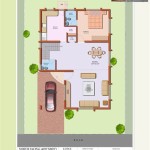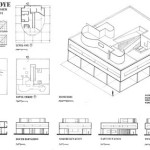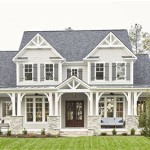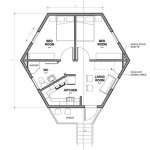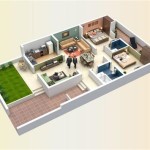Essential Aspects of Home Interior Design Floor Plans
Floor plans are the blueprint for your home's interior design, outlining the layout of rooms, walls, windows, and doors. Creating a well-designed floor plan is crucial for functionality, aesthetics, and overall livability. Here are some essential aspects to consider when developing a home interior design floor plan:
1. Space Planning
Space planning is the foundation of a successful floor plan. Determine the purpose of each room and allocate space accordingly. Consider furniture arrangements, traffic flow, and the proximity of rooms to each other. Optimize space by incorporating built-in storage, multifunctional furniture, and maximizing natural light through windows and skylights.
2. Traffic Flow
The flow of movement within your home should be seamless and efficient. Create a floor plan that minimizes obstacles and promotes natural circulation. Consider the primary paths of movement and ensure ample space for furniture and people to move around comfortably without congestion.
3. Room Relationships
The relationship between rooms affects functionality and social interaction. Determine which rooms should be adjacent for convenience, such as the kitchen and dining room. Create a balance between open and closed spaces to foster both interaction and privacy. Consider visual connections through windows, doorways, and archways to enhance the sense of spaciousness.
4. Furniture Arrangements
Furniture placement is integral to the functionality of a space. Consider the size, shape, and orientation of furniture when planning the floor plan. Allow for sufficient space between furniture pieces to maintain comfort and accessibility. Create focal points and define areas within a room through strategic furniture arrangements.
5. Lighting
Natural and artificial lighting can significantly impact the ambiance and functionality of a space. Optimize daylighting through windows and skylights, and incorporate artificial lighting fixtures to create a balanced and layered approach to lighting. Consider task lighting for specific areas, accent lighting to highlight architectural features, and ambient lighting for general illumination.
6. Color and Materials
The choice of colors and materials used in flooring, walls, and furniture contributes to the overall aesthetic and mood of a space. Select a color palette that complements the furniture and emphasizes the desired atmosphere. Use a variety of materials to add texture and interest, such as wood, stone, textiles, and metal. Consider the durability and maintenance requirements of materials when making selections.
7. Architectural Details
Architectural details can enhance the visual appeal and functionality of a floor plan. Consider incorporating elements such as moldings, built-in bookshelves, columns, and arches to add character and depth. Use alcoves and niches for storage or display purposes, and create focal points through architectural elements like fireplaces or bay windows.
Conclusion
A well-designed home interior design floor plan sets the stage for a comfortable, functional, and aesthetically pleasing living space. By carefully considering these essential aspects, you can create a floor plan that meets your needs and enhances your everyday life. Remember to seek professional advice from an interior designer or architect if necessary to ensure a comprehensive and tailored solution for your home.

What Interior Designers Do Floor Plans Seabaugh Interiors

Pin On Small Houses

Yes Or No Floorplan 3d By Stgi3d Architecture Architects Homedecor Homedesign Interior Interiorforyou House Layouts Home Design Plans Apartment

Create Your Own Floor Plans House Design Interior Plan Programs

House Floor Plans Your Best Guide To Home Layout Ideas

Interior Design Floor Plan Before After Reed

Floor Plans Types Symbols Examples

House Floor Plan Design By Glam Architecture On Dribbble

House Floor Plans Your Best Guide To Home Layout Ideas

2d Interior Design Service Latest 2024 Home Ideas

